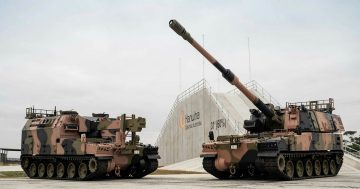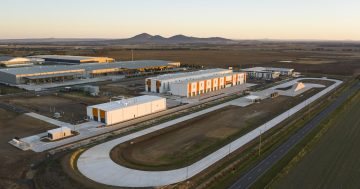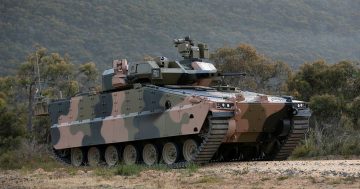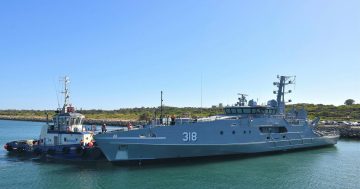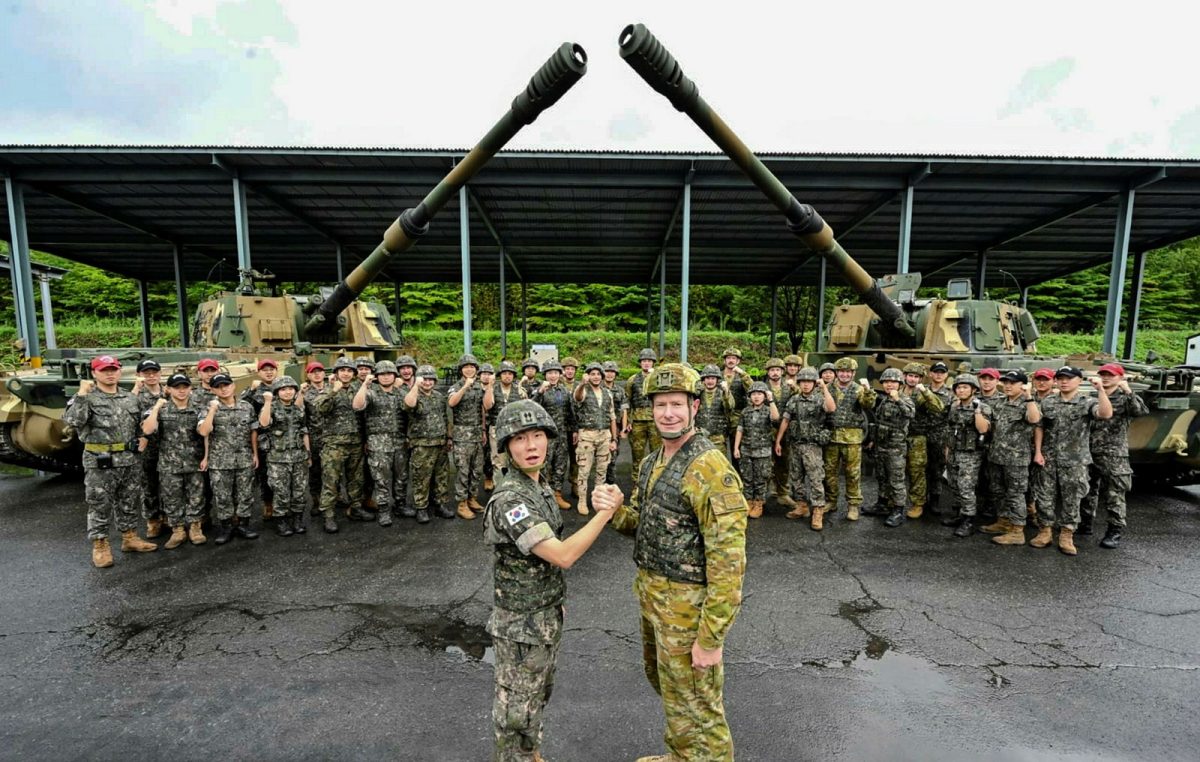
Australian Army gunners train with their South Korean counterparts on RoK Army K9 self-propelled howitzers. Photo: RoK Army via ADF.
Nine gunners from the Australian Army have just completed a familiarisation course in South Korea on the army’s new Hanwha AS9 Huntsman self-propelled howitzer (SPH) and AS10 armoured ammunition resupply vehicle (AARV).
Being acquired under Project LAND 8116 Phase 1, the armoured vehicles are scheduled to be majority built at Hanwha’s new Armoured Vehicles Centre of Excellence (AVCE) at Avalon, near Geelong in Victoria, and to enter service from 2027.
The 20-hectare Avalon site sits in the heart of Defence Minister Richard Marles’ federal seat of Corio and is leased from airport owner Linfox.
It features a 32,000-square-metre production facility, a 1500 m test track with a deep-water test facility and obstacle course, and space for an expansion to multiple production lines and for industry partner facilities.
The AS9/AS10s will be built alongside 129 AS21 Redback infantry fighting vehicles (IFVs), a contract for which was signed between the Commonwealth and Hanwha in December 2023.
A contract for 30 AS9s and 15 AS10s was signed with Hanwha in December 2021. A plan for a second tranche of a similar number of vehicles announced in the 2020 Defence Strategic Review and accompanying Force Structure Plan under a nascent Phase 2 was scrapped in the Albanese Government’s 2023 Defence Strategic Review (DSR).
Plans to produce up to 450 AS21 Redbacks at Avalon were also scaled back in the 2023 DSR.
Built on a common chassis, the AS9 resembles a tank and is armed with a 155 mm howitzer cannon, while the AS10 provides artillery reloads in the field. The SPH can conduct precision long-range fires and quickly move to a new location before enemy counter-fires arrive.
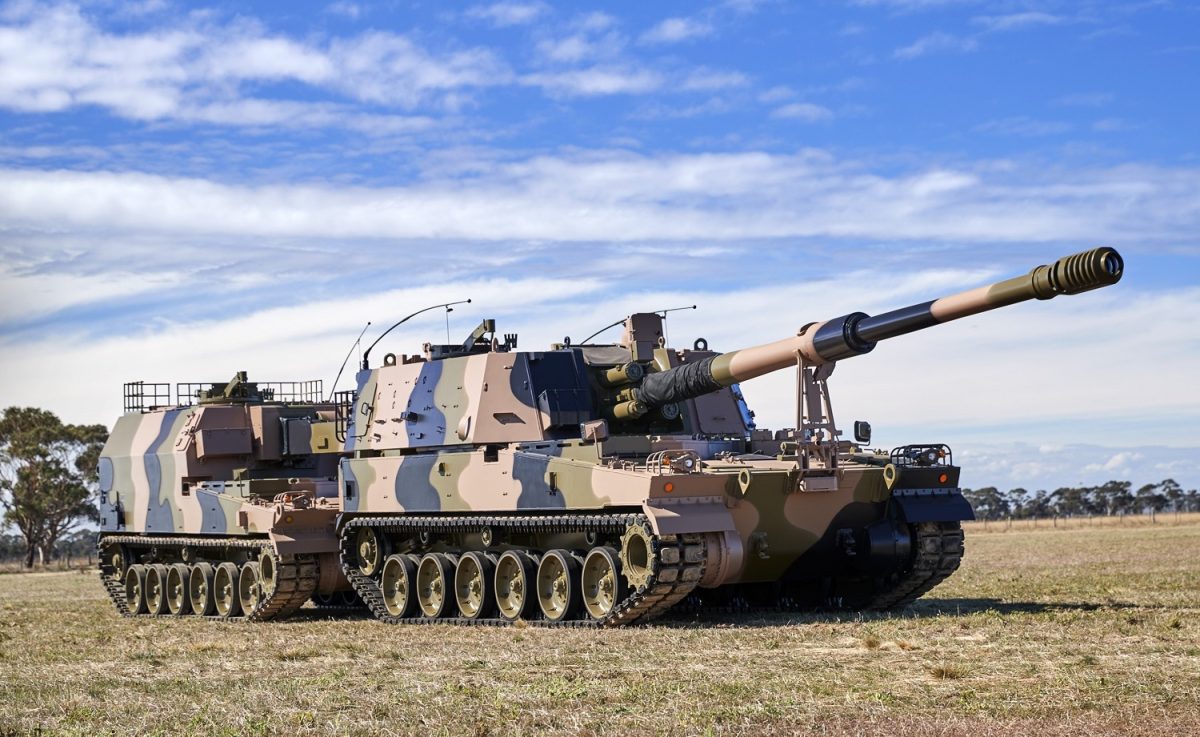
The army will buy 30 AS9 SPHs (right) and 15 AS10 AARVs. Photo: Hanwha Australia.
The activities undertaken by the gunners in South Korea included each of them firing 155 mm rounds from a Korean K9 vehicle. The AS9 is based on the K9, but will have increased internal height, modernised direct-fire and fire-control systems, additional storage, and air conditioning.
The army’s Lance Bombardier Lachlan Kirk said that because the K9 had an automatic aiming system, it was as simple as reviewing the fire-control system data, aiming, and pressing a button to fire it.
“The main gunner has a screen in front of them where they review the firing solution provided by the fire direction centre,” he said. “They then press a button to operate and lay (aim) the gun.”
Sergeant Jake Brown, from Townsville’s 4th Regiment, Royal Australian Artillery, has been an instructor on the towed M777 howitzer, and said the main difference was being able to shoot and move quickly.
“It will be able to fire rounds and move from that position immediately so you don’t receive counter-battery fire,” he said.
He added that the most beneficial part of the course was driver training. Tactically manoeuvring a 50-tonne armoured vehicle is something the gunners have not needed to do with the M777.
“Driving tracked vehicles is going to be new to everybody who’s coming through and getting qualified on the system,” he said.
Later this year, a more in-depth train-the-trainer course for potential Australian Army instructors will be conducted on the K9 in South Korea.
In Australian Army service, the vehicles will be operated by 4 Regiment, Royal Australian Artillery, based at Puckapunyal in Victoria.


